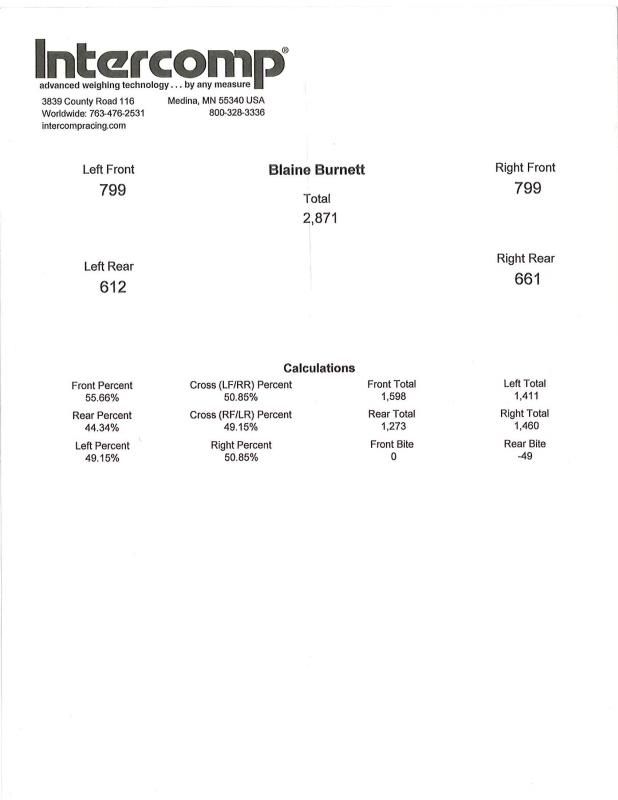Over the last year, I've been getting used to the 6.0 LS2 that I've been running in my Nissan S14 for the last year. While the car is definitely no slouch with the stock engine and the intake, stainless Hooker Headers, and 3'' Hooker exhaust, it has been clear to me for some time that I have become comfortable with the car and was ready for the next step in power production.
Two weeks prior to LS Fest I bit the bullet and called up COMP Cams and ordered an off the shelf cam from their LSR series. This cam is a hydraulic roller and features the following specs:
Duration @.050 life: Intake: 231 Exhaust: 239
Valve Lift: Intake: 0.617 Exhaust: 0.617
LSA (Lobe Separation Angle): 113 degrees
I've uploaded an image of the cam specs if anyone reading this is interested in more information about this particular Comp camshaft.

Having spoken with the Comp technical representative over the phone, I was confident in the rest of the ancillary products needed to make this cam swap go perfectly. Additionally, I ordred part #26926TS-KIT, which consists of the following parts:
26926-16 Street/Strip Dual Valve Springs
1779-16 Lightweight Tool Steel Retainers
623-16 7° Steel Valve Locks
511-16 Valve Seals
4695-16 Spring Seats
The only other part # required for the job was hardened pushrods, part # 7955-16.
I believe the parts came in on a Thursday afternoon. I love it when boxes of parts arrive.
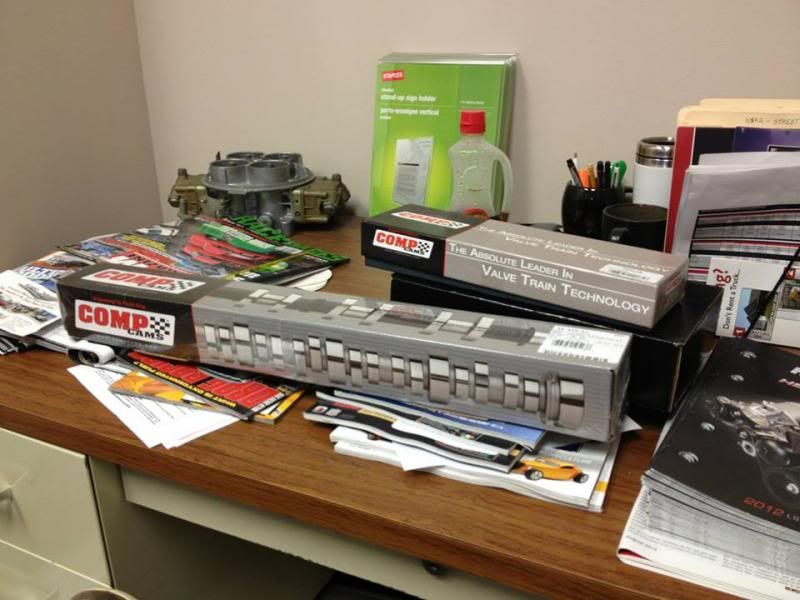
In a brief phone call with my good friend Jesse Vaughn, owner of Level 7 Motorsports, I discovered he had a couple of tools that would make the cam change a breeze. Offering me a bed for the next night, a shop to work in, and the tools I needed, I was presented with an offer I couldn't refuse. I cleared my calendar for Friday, and left for Jesse's Thursday afternoon and headed 3 hours north to Level 7 Motorsports.
Level 7 Motorsports is a small town performance shop that deals in everything from modern muscle to vintage hot rods. It became quite apparent to me that they are capable of building whatever one's heart desires, as you can deduce from taking a look at the photos I've included of the other cars surrounding Project LS2 S14 during my brief stay.
En route to Level 7 Motorsports:

Starting early Friday morning Jesse, myself, and a couple of his employees starting prepping the car for its new bumpstick.
On the walk to the shop the next morning, Jesse's Terminator EFI powered BBC C10 was awaiting us. This thing is pretty stout and will break the tires loose all day long with the off idle torque on tap. Going to lunch on Friday was much more enjoyable in this truck. — in Marion, IL.

While one of us started pulling off the plug wires,valve covers, and spark plugs in order to access and remove the rockers (which would grant us access to the OEM valve springs, retainers, and valve stem seals), the rest of us got to work elsewhere.
IMG]http://i257.photobucket.com/albums/hh232/stockbee/Cam%20Install%20Photos/IMG_7255.jpg[/IMG]
Valve covers removed:
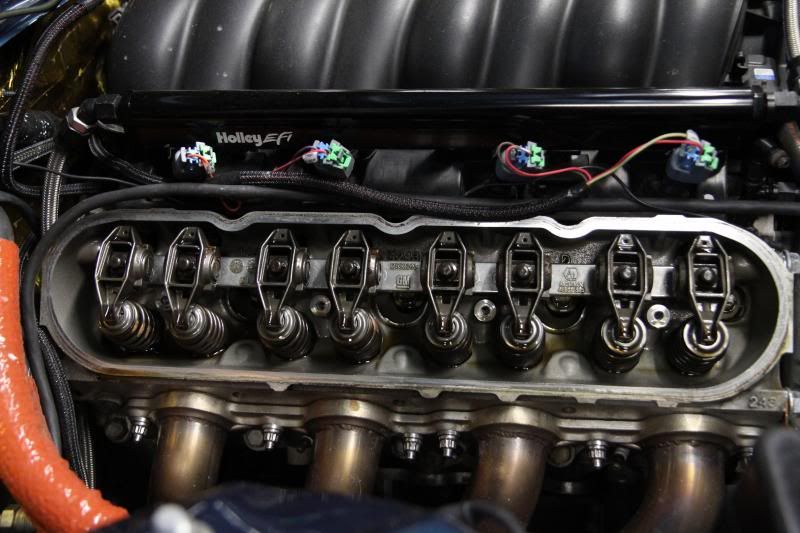
Here was one of the parts that made swapping the valve train components out such a breeze. This is the Lingenfelter Performance Engineering Valve Spring Compressor Removal Tool. It works on all LS series engines and is a must have for those who will be doing a cam swap or working on LS valve trains.
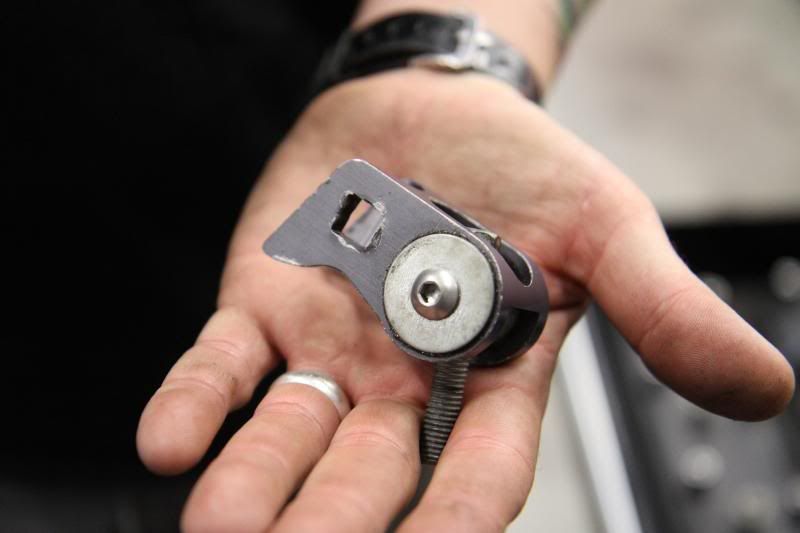
Link to company's product page for convenience: http://www.lingenfelter.com/mm5/merchant.mvc?Screen=PROD&Product_Code=L950025297&Category_Code=C96&Store_Code=LPE#.UleWrFDrwVw
Each spark plug was removed and one cylinder at a time, air was forced into the cylinder via the spark plug hole in order to keep the valve from falling while we removed the valve locks, valve springs, retainers, and old valve stem seals.
After the engine was set at TDC (top dead center), the coolant was drained, the radiator and front bumper cover removed, and we began removing the accessories from the front of the engine, specifically the harmonic balancer, water pump, and drive belt.
Radiator drained and front bumper cover off.
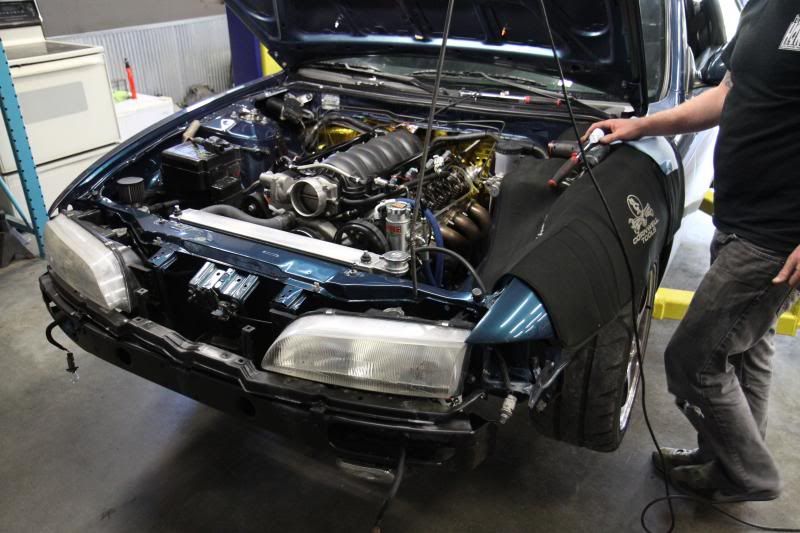
Factory front cover and cam sprocket/gear:
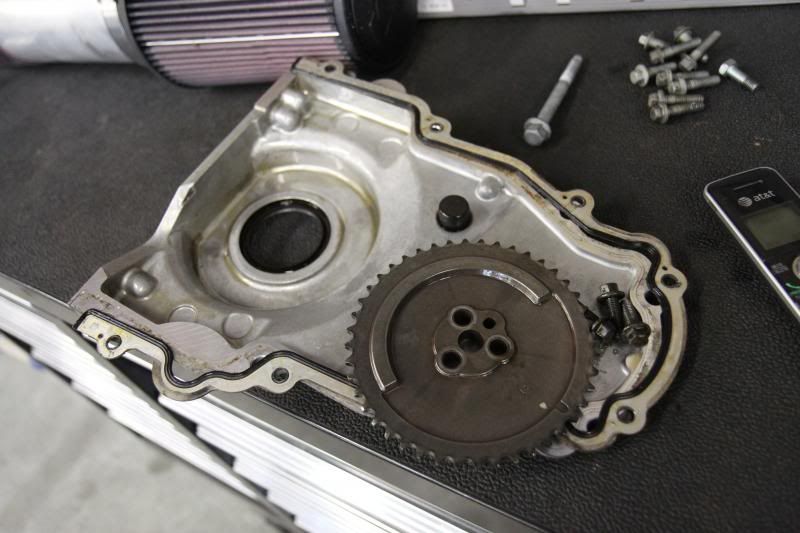
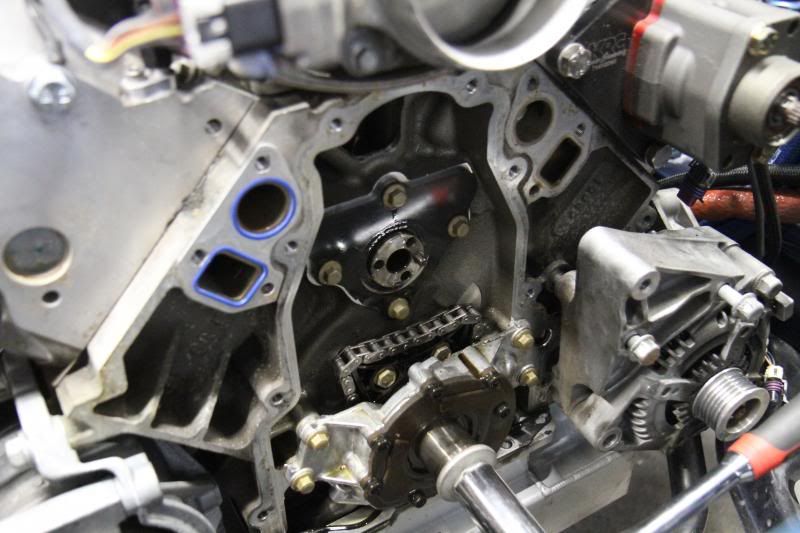
There was some initial concern over whether we would be able to remove the factory cam from the car due to the engines location in the engine bay with the Hooker Engine Swap Kit, but after unbolting the bottom bolt from the hood latch support and pulling out on it a few inches, the old cam came out with just enough room!
Old cam out. Our swift pace meant I forgot to take a picture of the new cam, but a cam is a cam people:
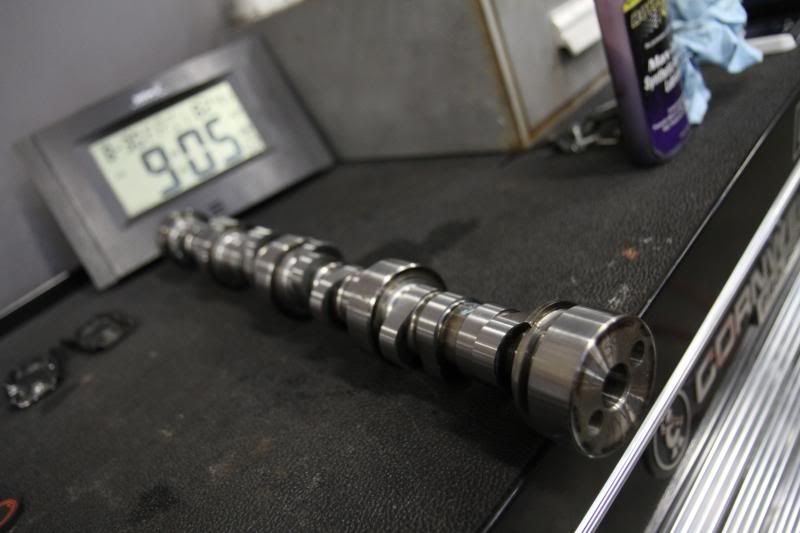
Close up view of LS2 front cover, timing chain uninstalled, and cam sprocket removed:
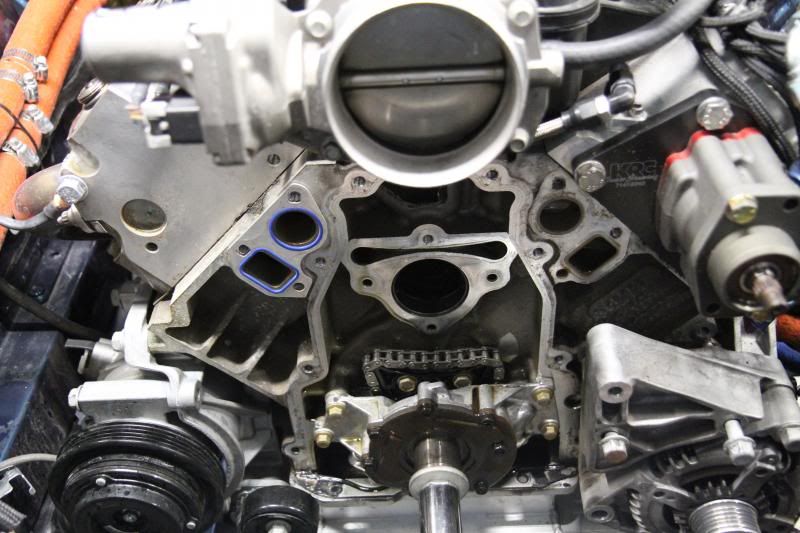
We made sure we cleaned the new camshaft off after removing it from its packaging, and then applied the appropriate amount of assembly lube before sliding it in.
After the camshaft was carefully slid into place, we re-installed the factory cam sprocket and timing chain. While my engine had lower miles, anyone else with high miles should always replace the timing set and also consider a new oil pump as well. Once the timing cover was buttoned up, Jesse and I tackled installing the rest of the Comp valvetrain.
LSR cam in!:
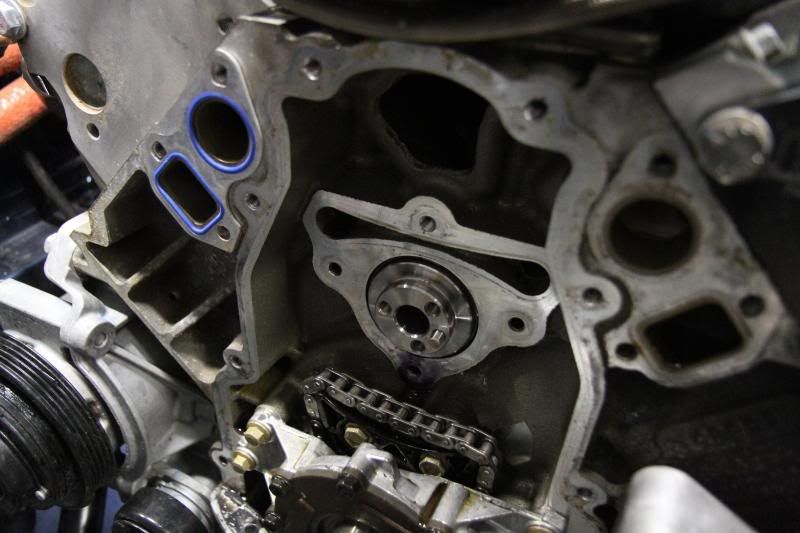
COMP Cams Push-rods. When sliding each push-rod into it's proper place in the head, make sure to push on the end as it bottoms out in order to push the lifter down appropriately. You'll feel it give, letting the push-rod slide down a bit further, and then you'll know you're good to move to the next one.

Removal of old valve springs/retainers/valve seals:
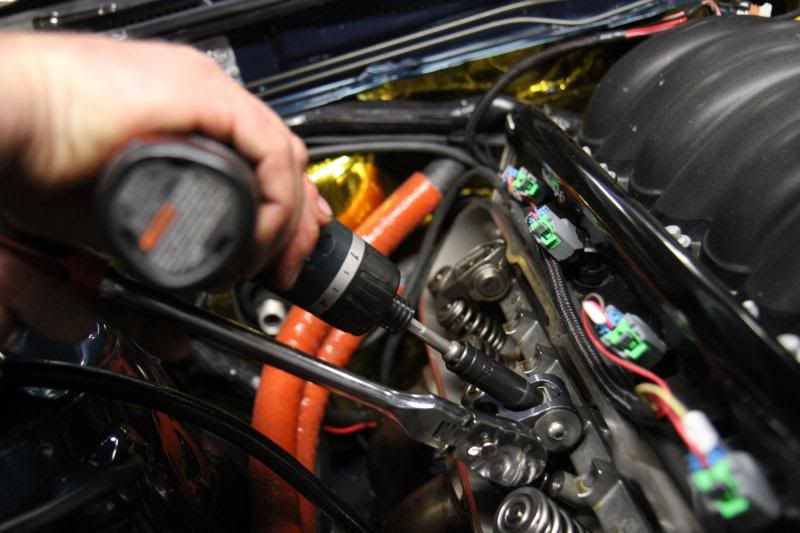
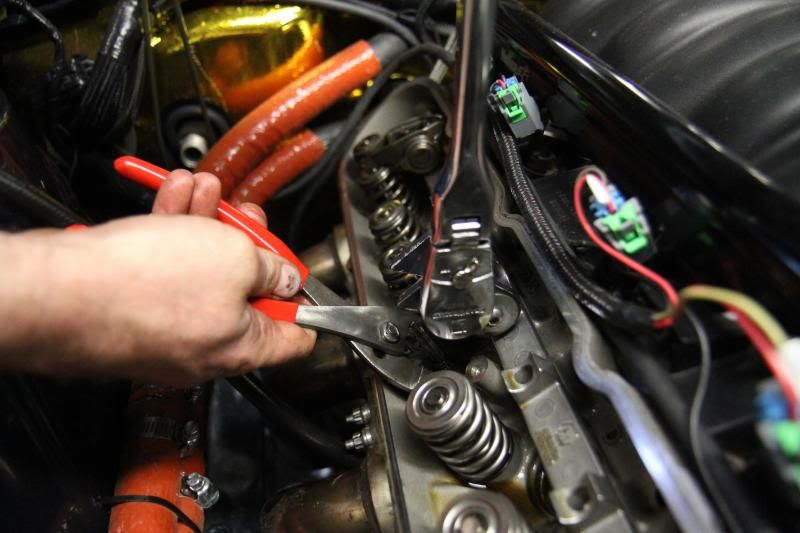
Factory valve spring seat and valve stem seal. These, along with rest of their friends are going in a box and will most likely never again see the light of day.
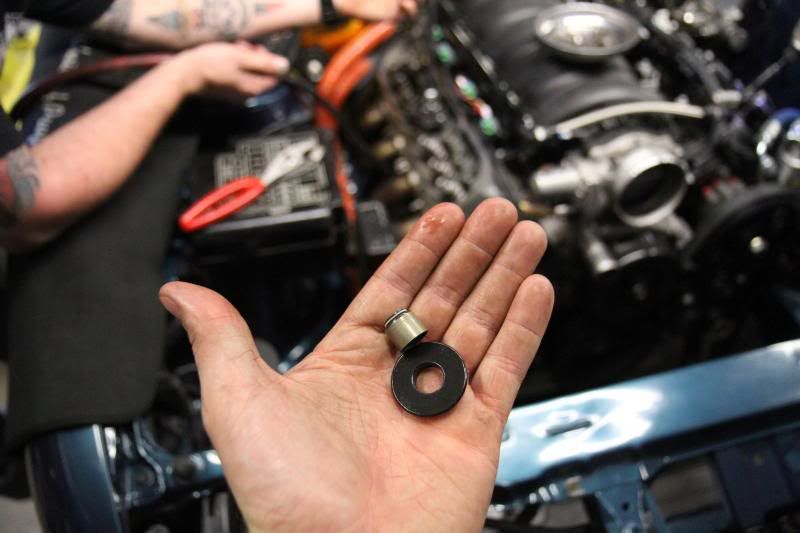
High tech tools used to reinstall the new valve stem seals:

Here are the single valve spring and retainer combo compared to new dual valve spring units and titanium retainers from COMP Cams.

New valve-train installed:
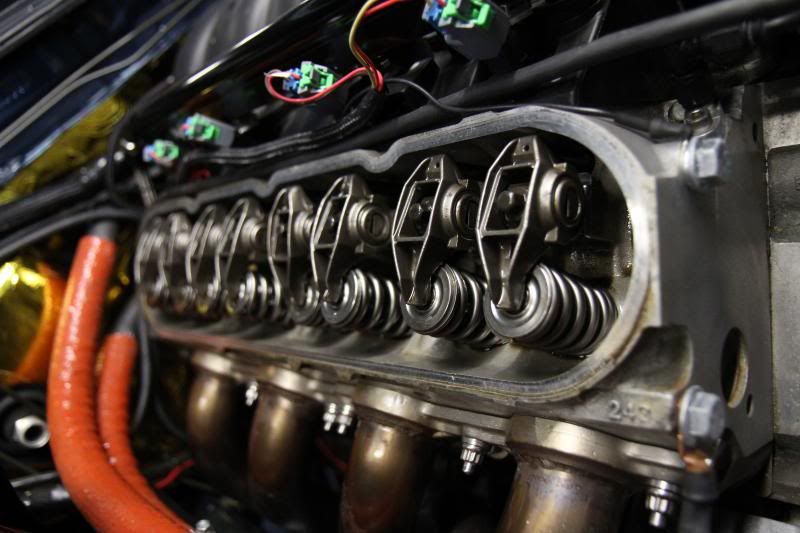
After getting everything bolted back onto the front of the engine and torqued to factory specs, we re-installed the valve covers, installed new spark plugs, re-installed plug wires, and started double checking our work. Refilling the radiator and burping the cooling system was the last step before firing the car to life for the first time with the LSR cam and Comp valvetrain in place. It was now time to see how quickly the Dominator EFI system from Holley would react to the new parts and compensate.
Ready to come back to life with a bit more of an attitude:
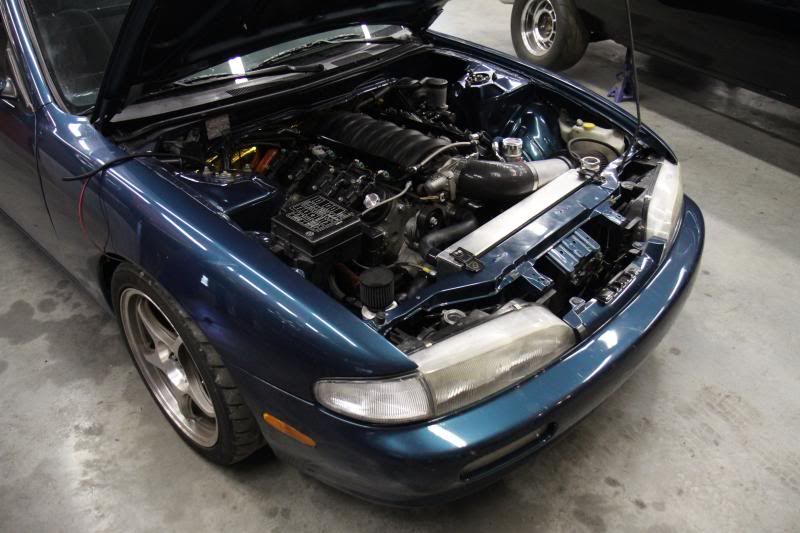
As expected the idle was quite rough as the Holley EFI system attempted to maintain the idle mixture that the old cam required for the engine. It died a couple of times and ultimately I kept it running above 1,500 rpm with the pedal for a couple of minutes as the engine got warmer. At the same time I grabbed the my laptop, brought up the Holley EFI software, and bumped the idle to around 850 rpm. Additionally I altered the desired AFR to 14.0 from the previous setting of 14.7 and the car's idle quickly changed from it's heavy breathing to a much more vibrant, evil lope. That was all the car really needed to stay for idle adjustments. It was time to take it out on the road and let the ECU learn the rest engine all over again through the rpm range.
In a previous article I read from Justin Cesler of GMHTP magazine, this cam made 17 lb ft more torque down low in the rpm range, and made just about 50 more horsepower over stock on a similar engine to mine, pulling all the way up to 7000 rpm. I didn't take the car up that high, but the behavior of the car was noticeably different. Overburdening the already worn Nitto NT05's on the rear of the car was much easier and the car wanted to surge forward much harder in all of the forward gears in contrast to the much more sterile factory cam.
Friday night meant celebrating the success of the install over barbeque at a local joint in Marion. The next morning we installed the Dakota Digital speed and tach convertor boxes and double checked our install with a previous LS/Nissan project Jesse had installed the same boxes on. He also welded a bung onto the bottom of my intake for my I.A.T. sensor.
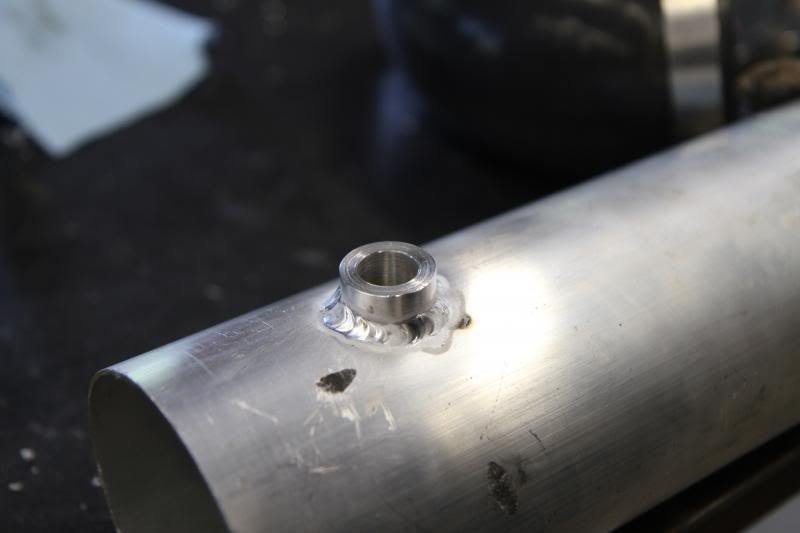
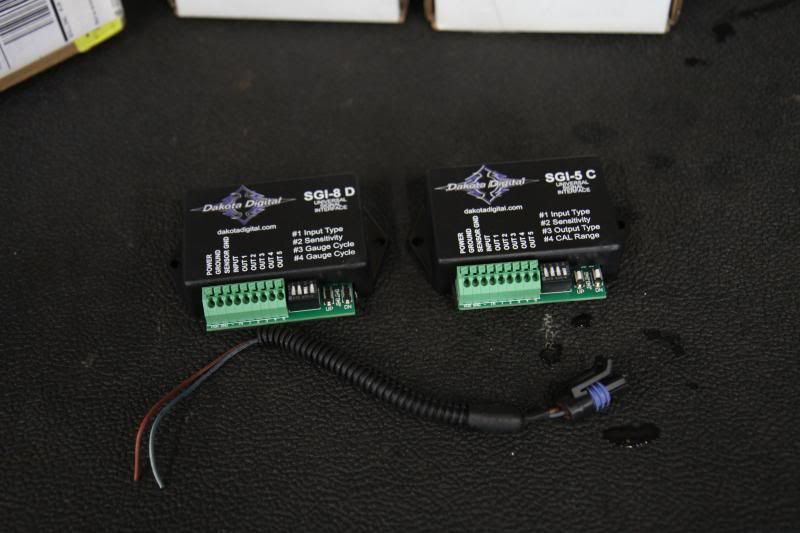
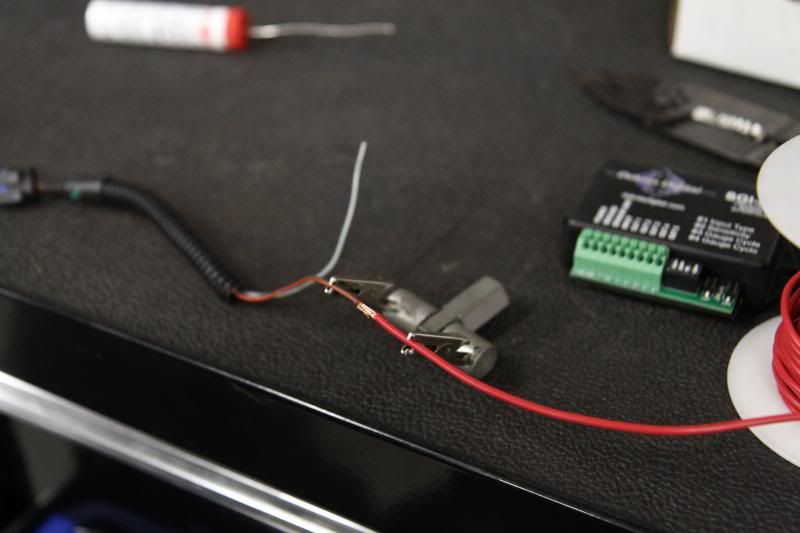
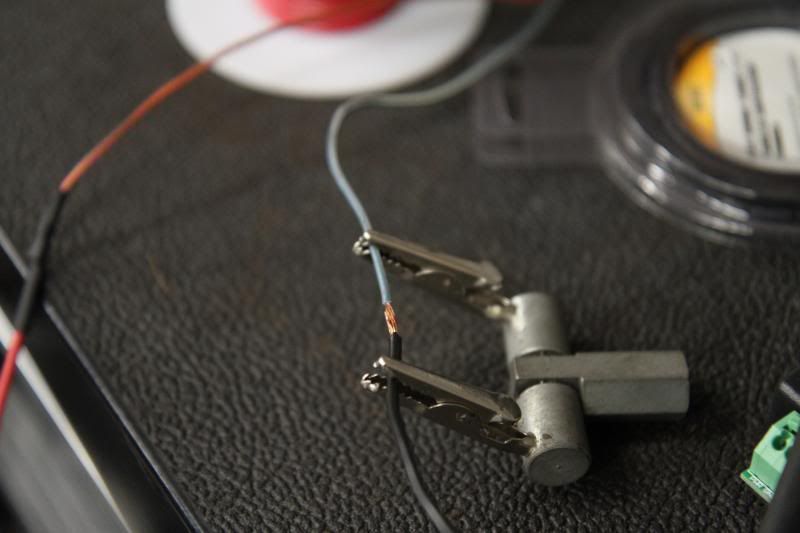

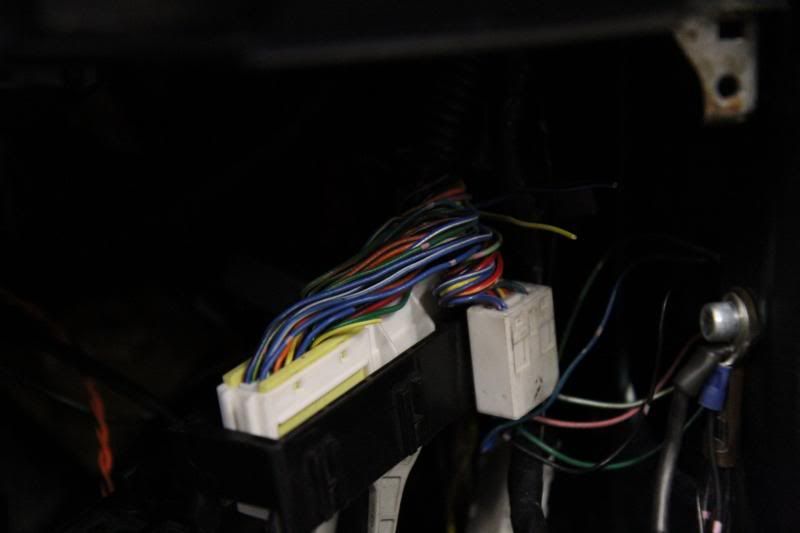


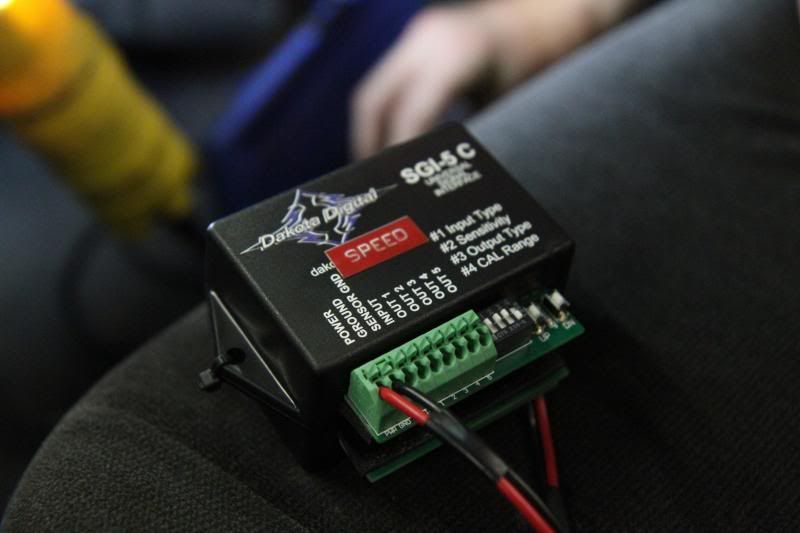
In all of his efforts we could not get the factory gauge cluster to operate correctly. Ultimately we came to the conclusion that the gauge cluster has shorted and I'm currently in the market for another one to try out. More on that later.
Project LS2 S14 was much more enjoyable to drive back to Bowling Green when the time came. Sitting at stoplights meant getting plenty of attention from drivers of every type. The exhaust note was noticeably louder, but not incredibly overbearing.
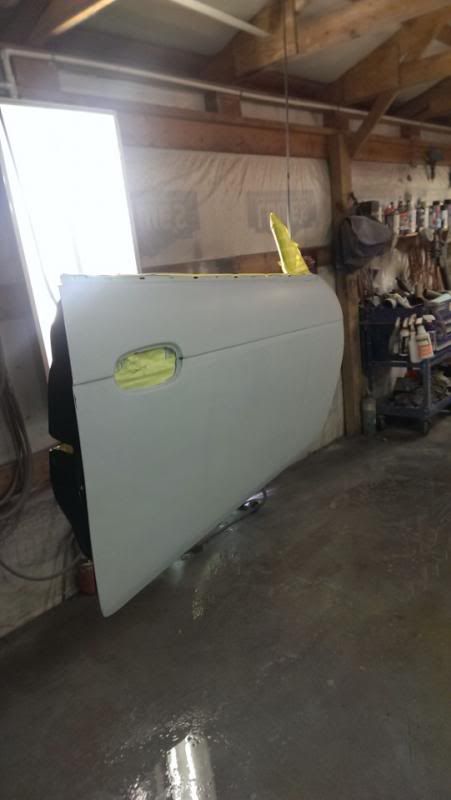
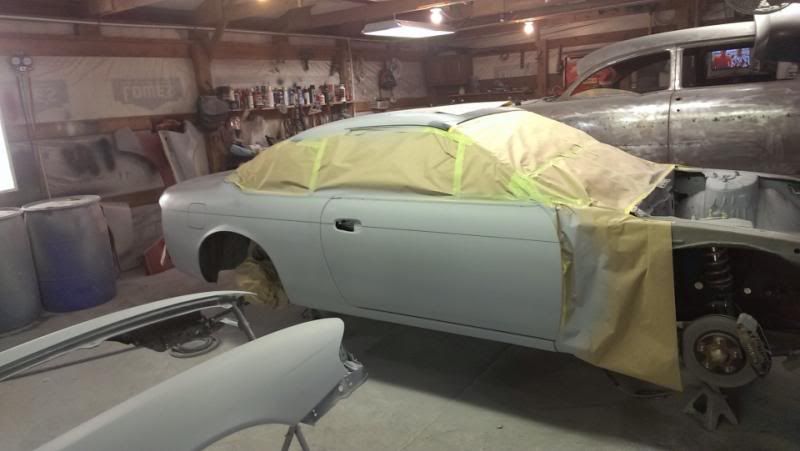
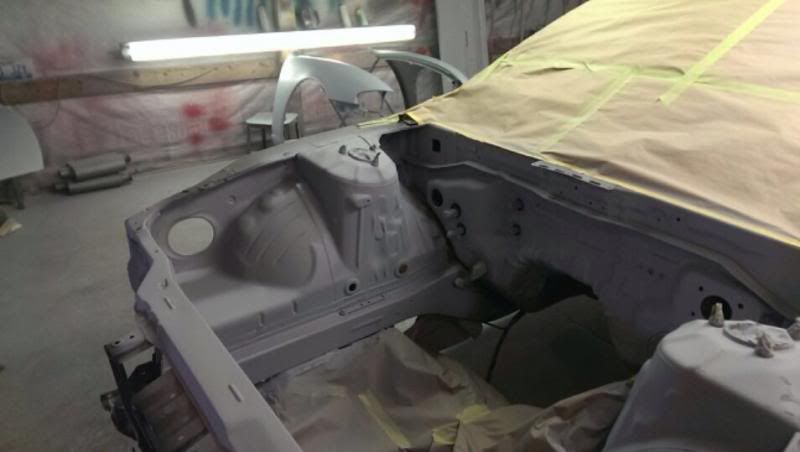


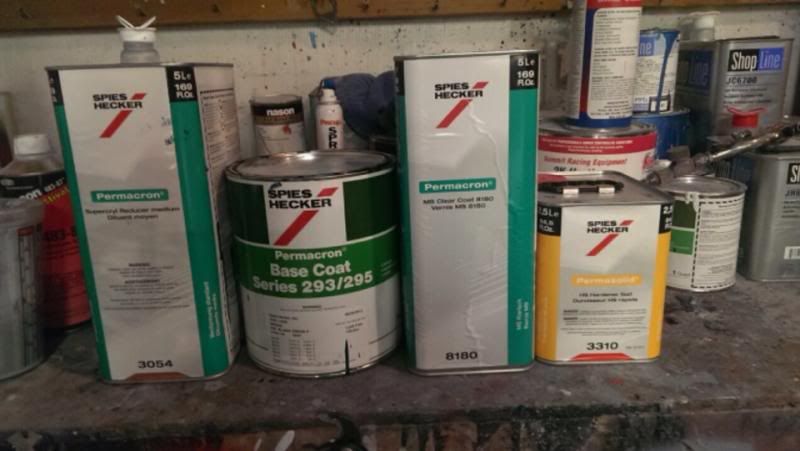
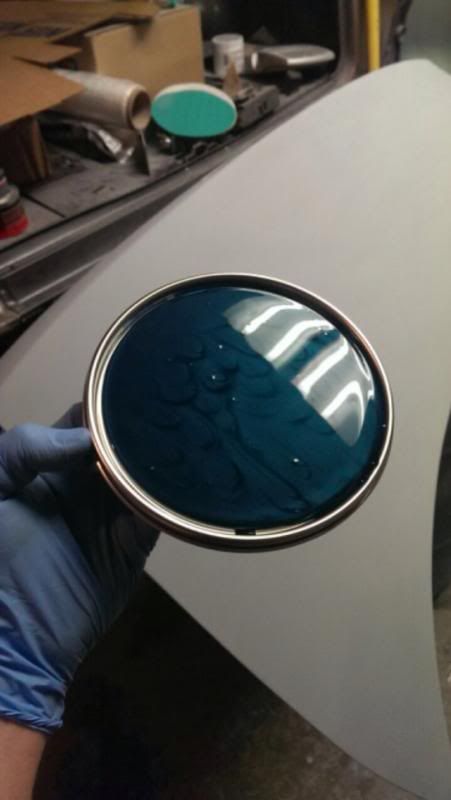
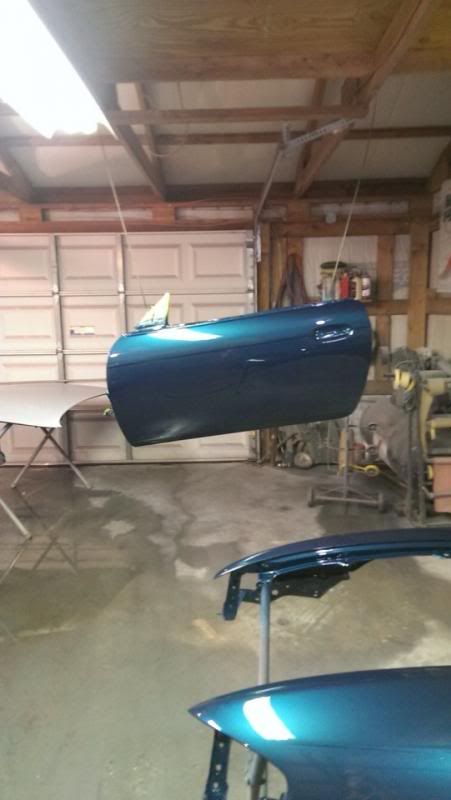
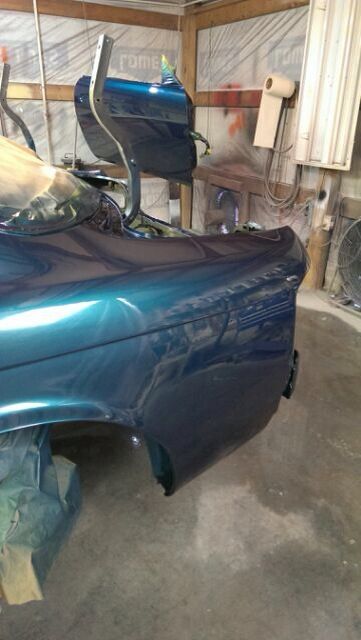
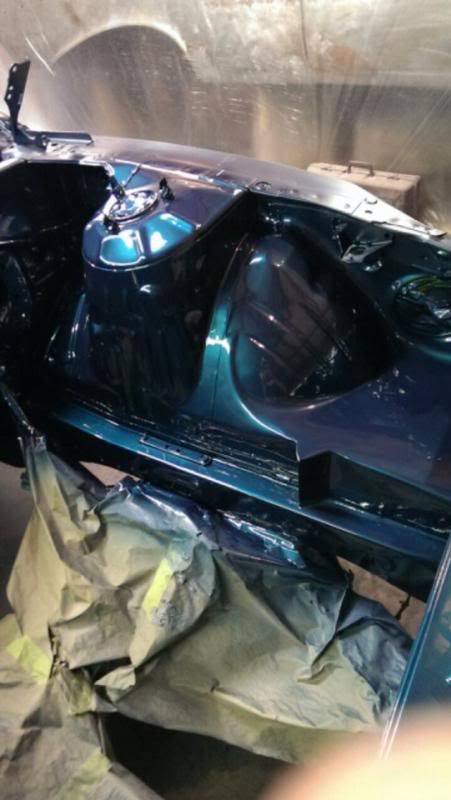














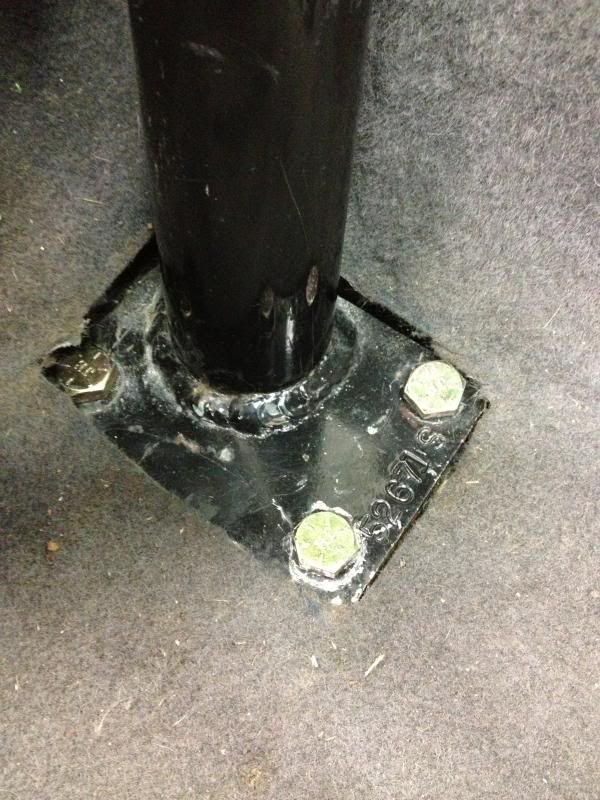

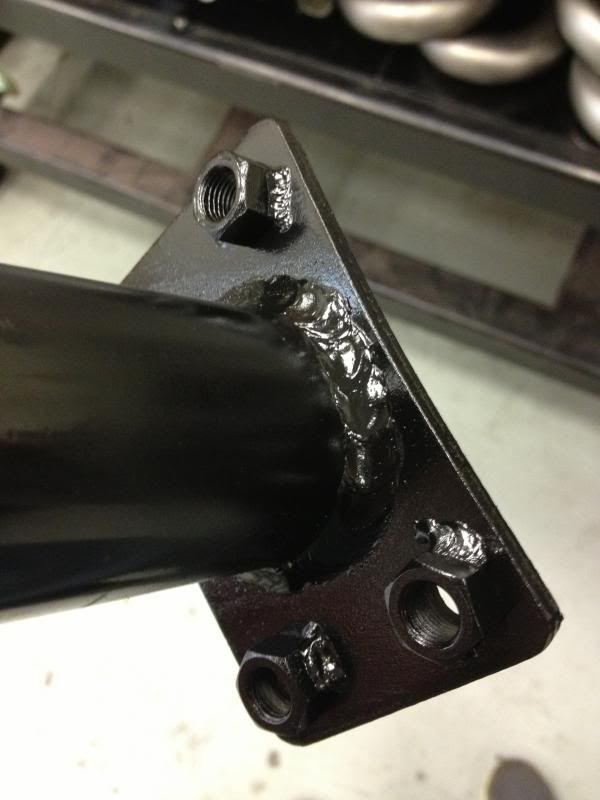

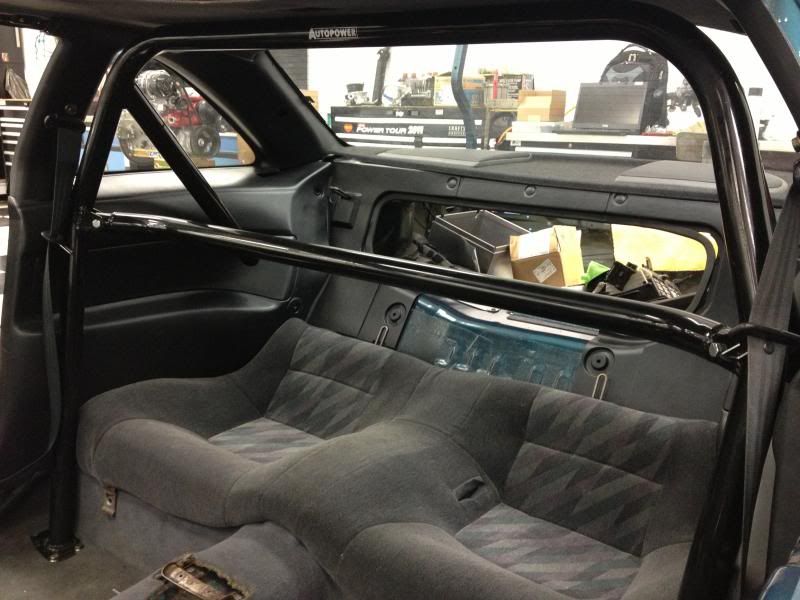
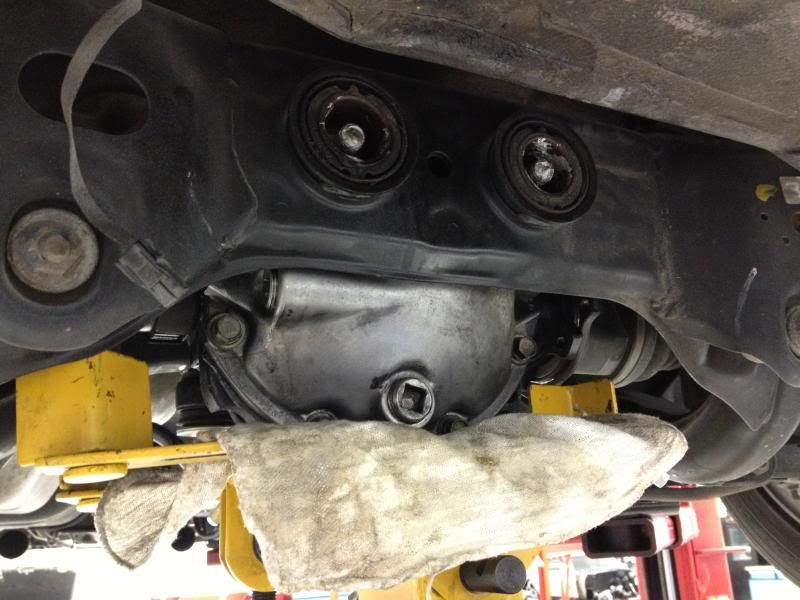
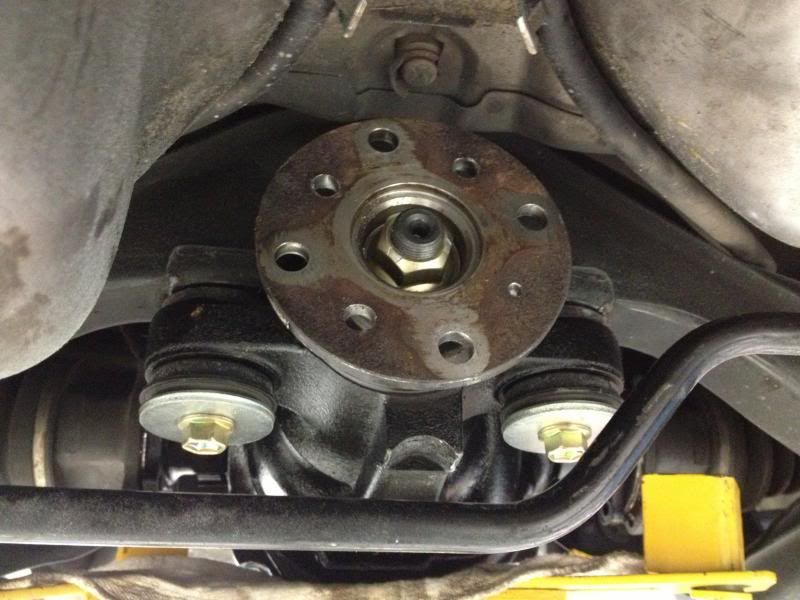
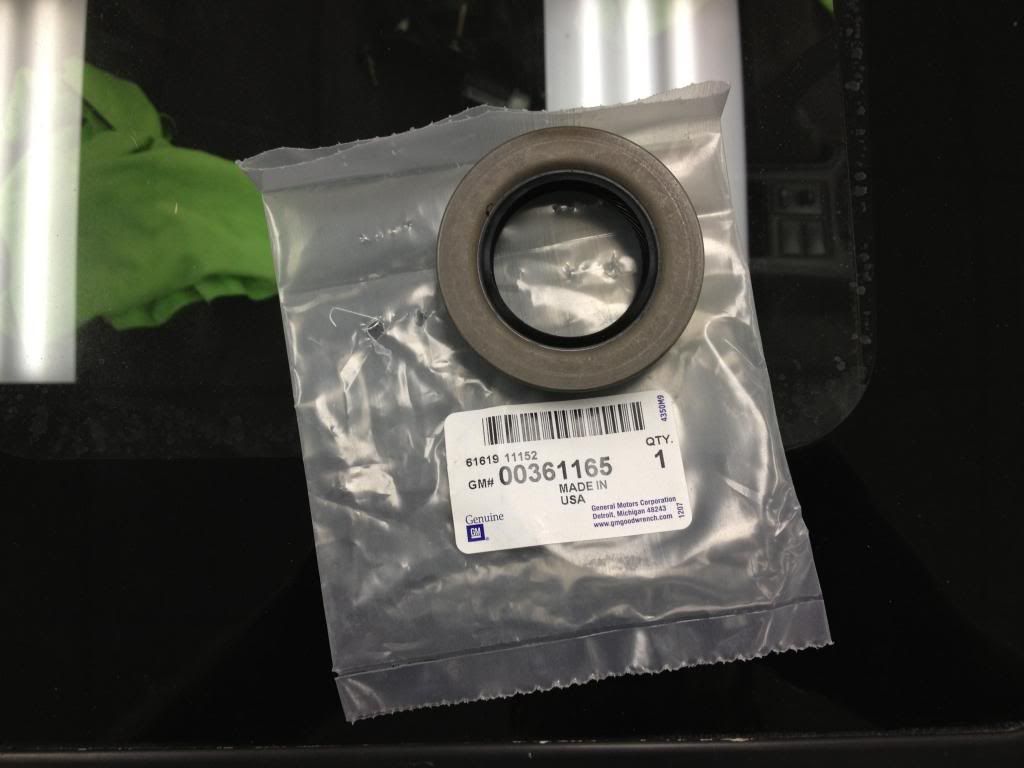



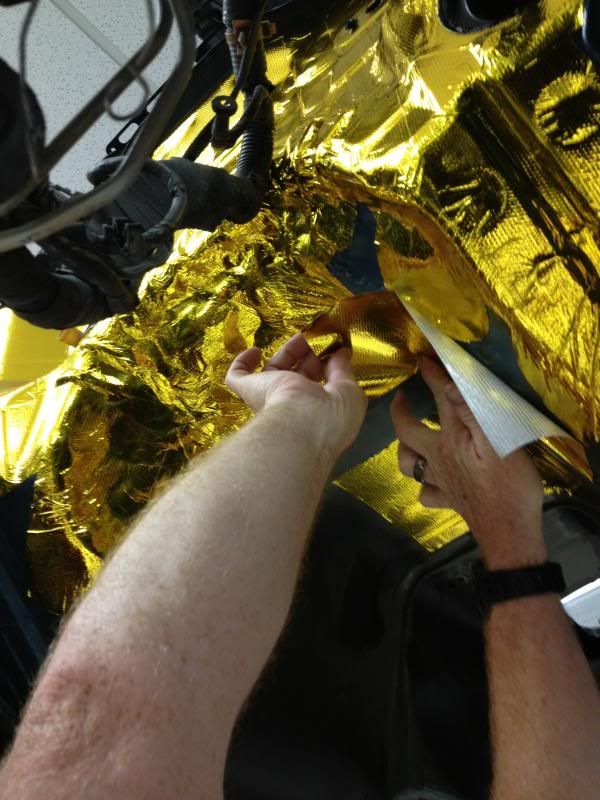

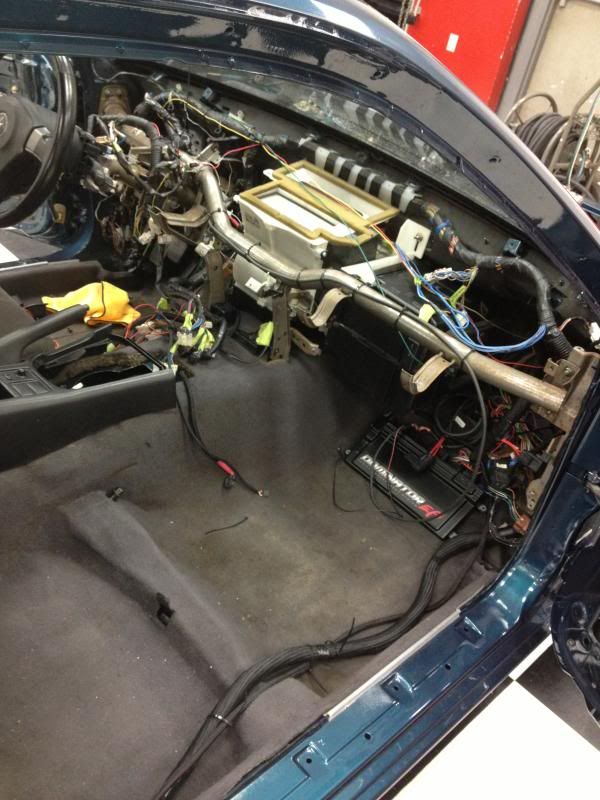
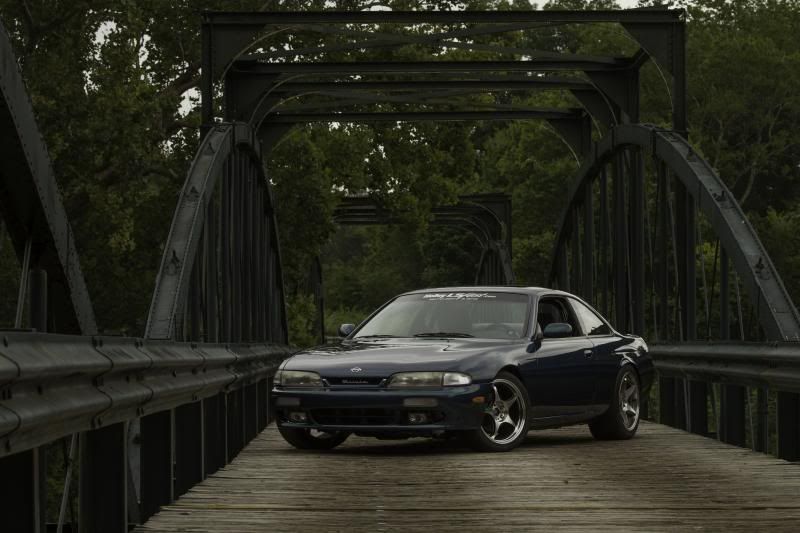


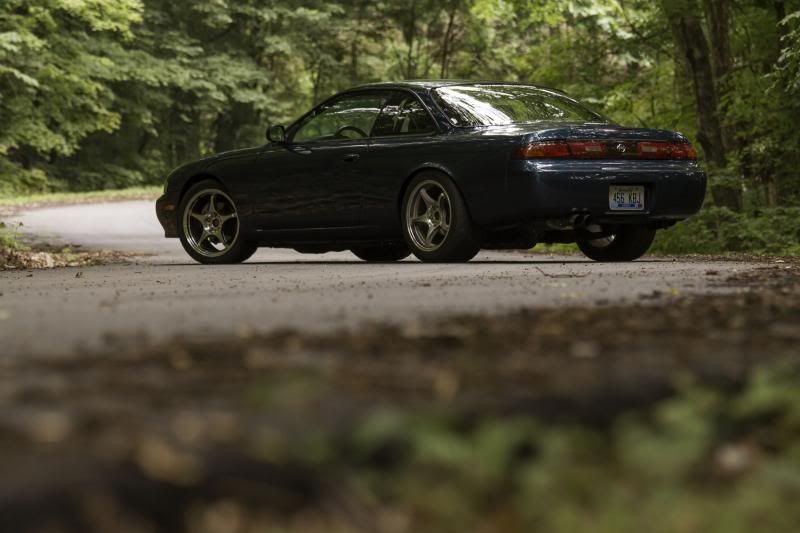
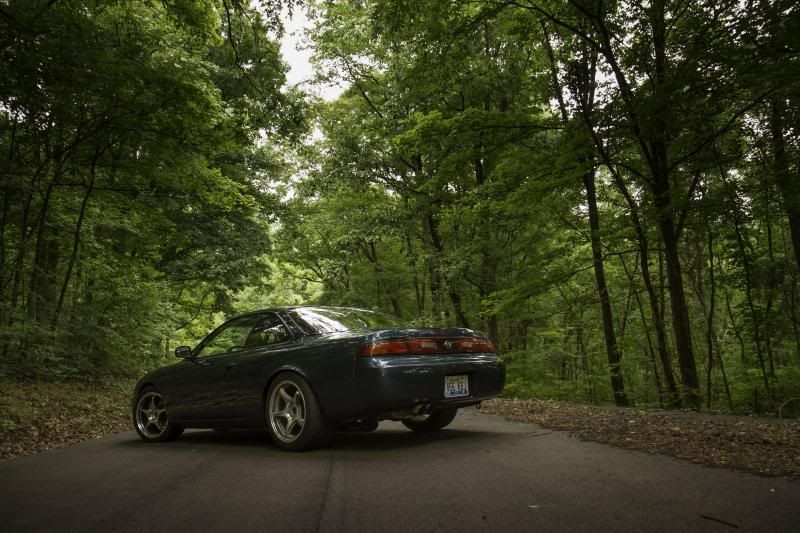
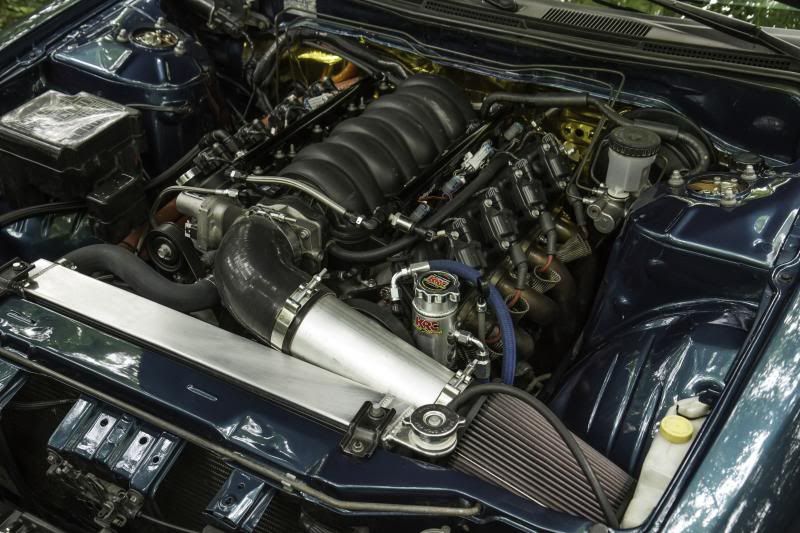




 Looks like another alternator will run me abound $350 bones so I'll make sure to update everyone when the car is back on the road.
Looks like another alternator will run me abound $350 bones so I'll make sure to update everyone when the car is back on the road. 































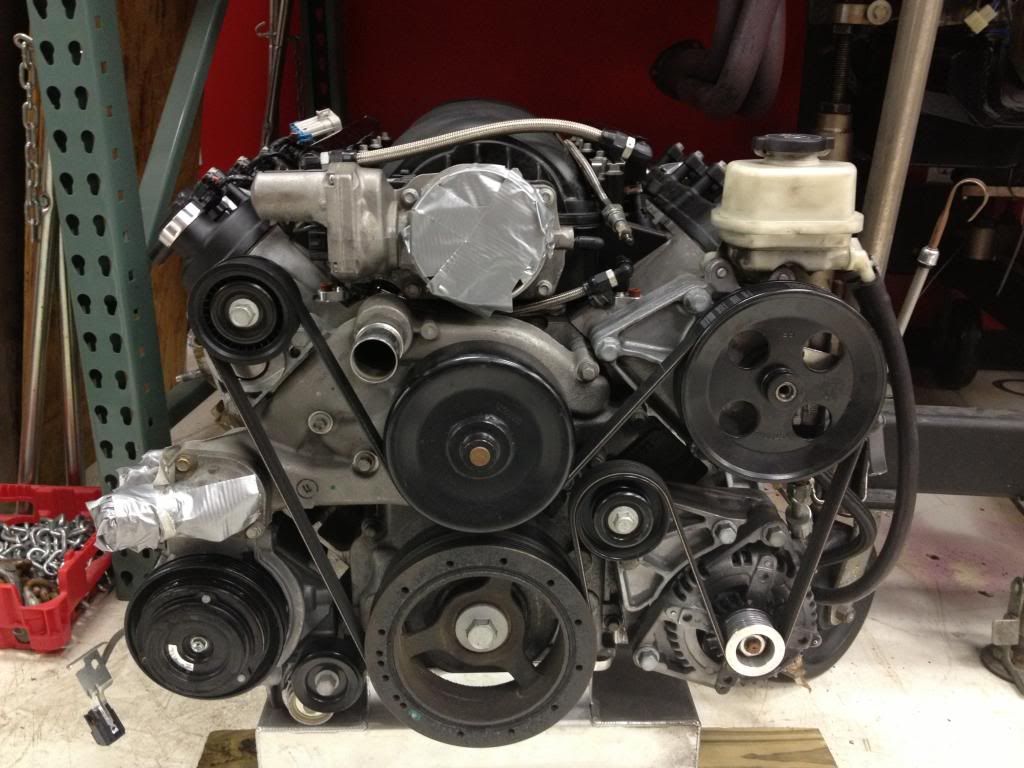





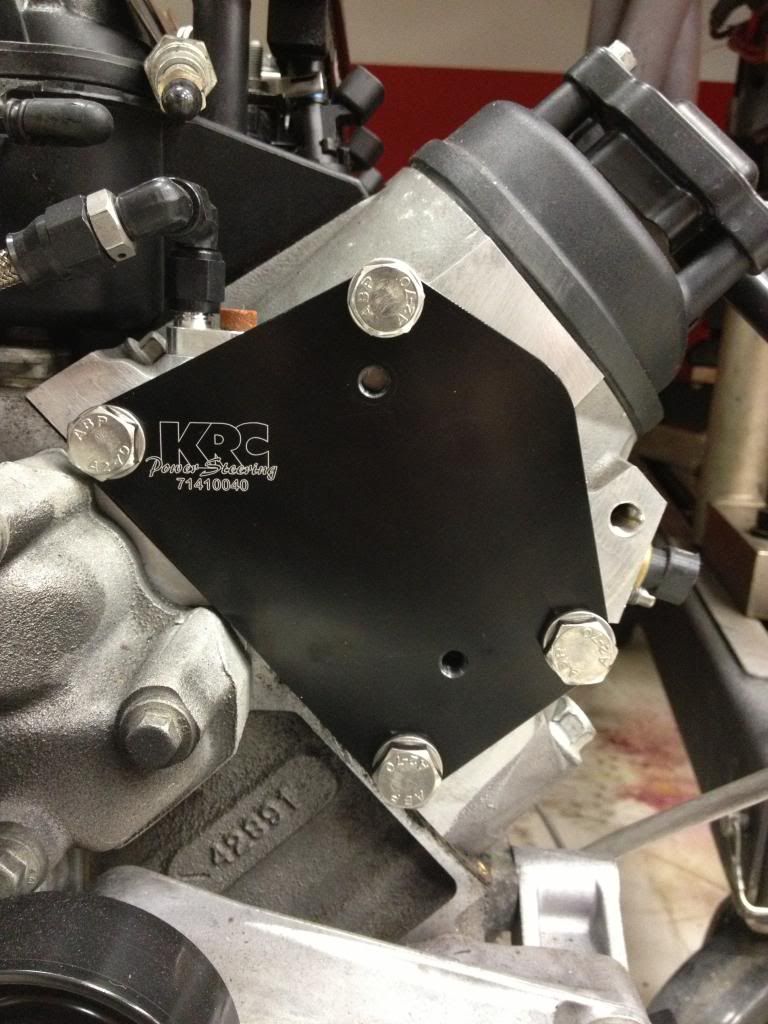
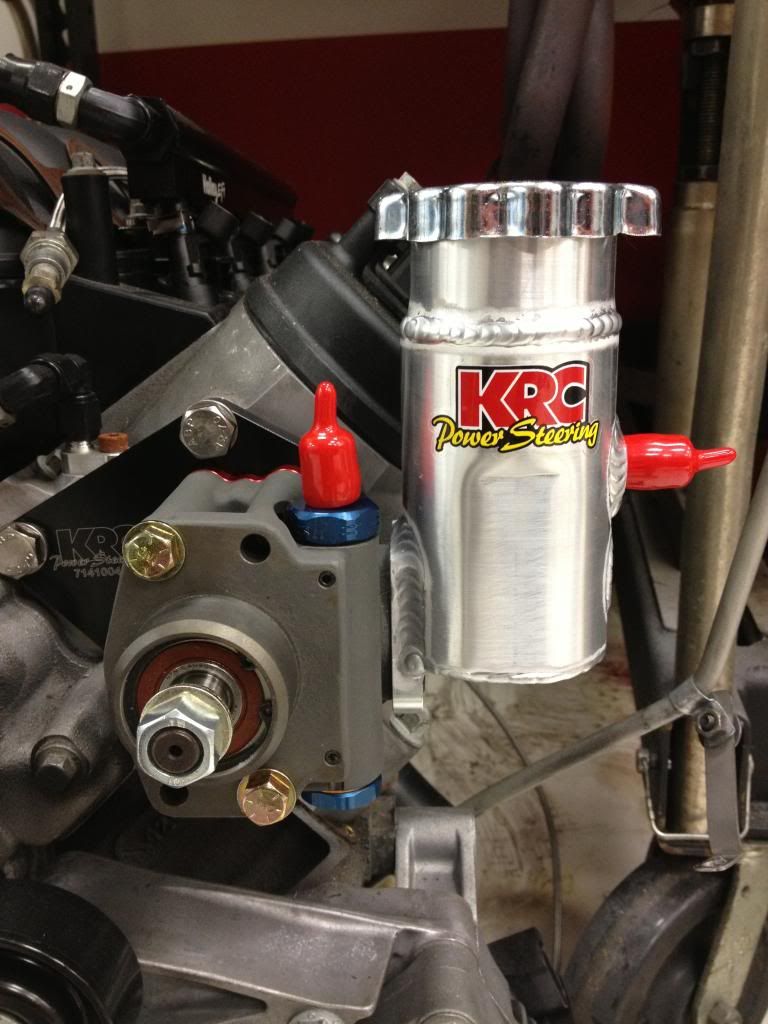

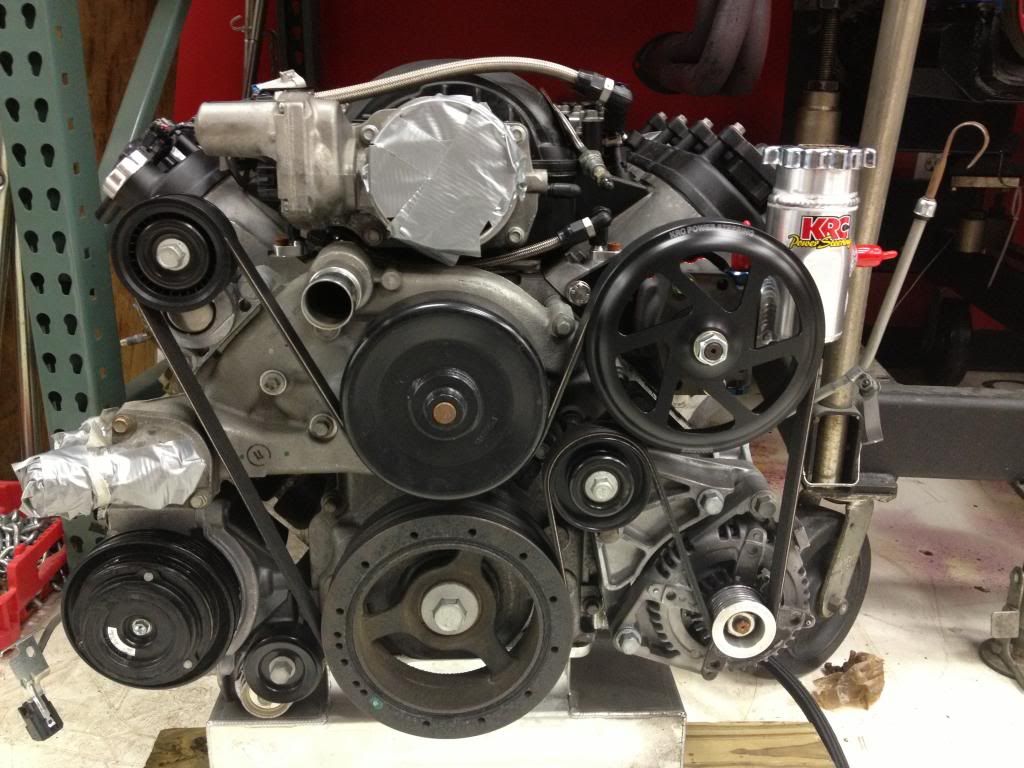



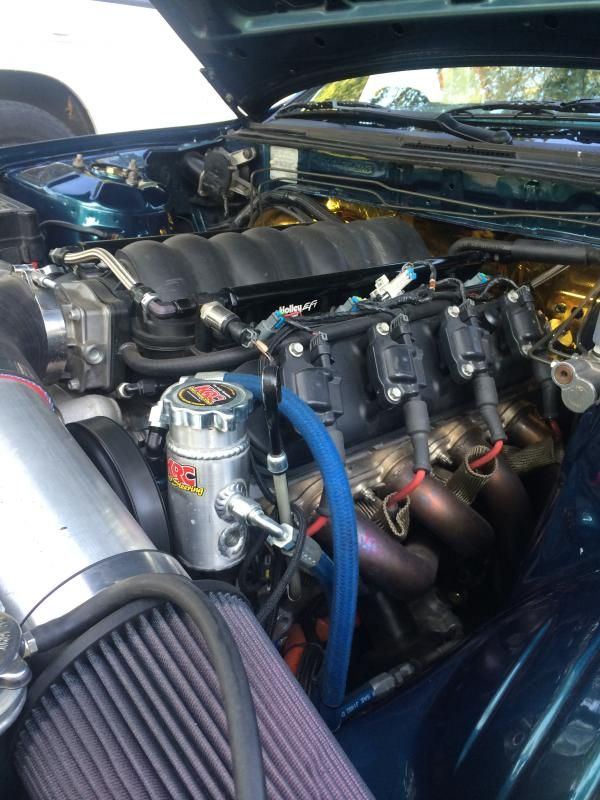
 Since I've had the car up and running the car has been shod with Nitto NT05 rubber. They were 235/40/17 in the front and 275/40/17, respectively. I simply changed tire brands this time to see if I was missing out on any performance and so far, I'm greatly enjoying the Falken Azeni RT615K on the street. I'm definitely looking forward to getting some heat into them on the autocross and at the NCM park.
Since I've had the car up and running the car has been shod with Nitto NT05 rubber. They were 235/40/17 in the front and 275/40/17, respectively. I simply changed tire brands this time to see if I was missing out on any performance and so far, I'm greatly enjoying the Falken Azeni RT615K on the street. I'm definitely looking forward to getting some heat into them on the autocross and at the NCM park. 


